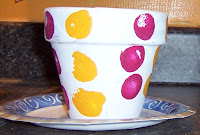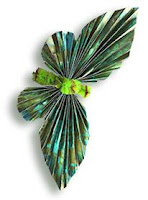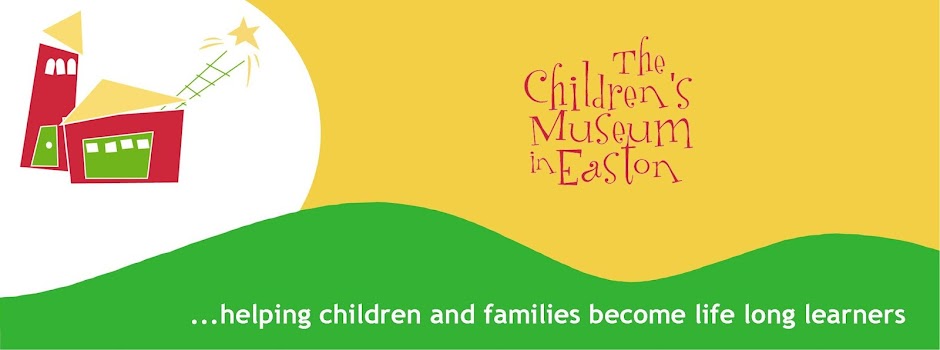Are you sick of the snow and rain yet? Ready for some fun in the sun? I know I am! I am especially excited for the next few weeks leading up to our
Spring Fling here at the Museum. For those of you who don't know, the Spring Fling is the annual opening celebration of our "Wild Place" outdoor learning center! We will be spending the whole day outside, learning how to create our own family gardens and the importance of community gardens.
That being said, I've started my own herb garden at home this week, and I thought you might want to do the same. For all you rookie gardeners like myself, herbs are a great way to start, and


very KID FRIENDLY! Herbs can be grown indoors on a windowsill with plenty of sunlight, watered about once a week (be careful not to over-water), and be used for all of your cooking needs. All you need are: seeds, all-purpose compost, and a container. Be sure to put something in the bottom of the container to prevent root rot, I used rocks, but packaging peanuts work just as well.
Go "green" by washing and reusing
· old coffee tins
· peanut butter jars
· ice cream pints
· deli containers
· soda bottles (have your parents cut the top off)
OR buy your own pot and decorate it however you want. Paint it funky colors, use your favorite stickers, decoupage pictures or postcards from vacations...the possibilities are endless!
There are a whole lot of herbs that can be grown inside; basil, oregano, mint, parsley, and rosemary...just to name a few. Here's a great website I found with more tips on creating your own herb garden:
allfreecrafts.com. You should start seeing some growth in a week or two, but you will have to wait 4-6 weeks to really use them...trust me, it will be worth the wait!

Good luck gardeners, and check back next week for part two of my gardening series for some yummy (healthy) recipes to make with your homegrown herbs!
-Jennifer Nash
Public Relations and Development Intern, Children's Museum in Easton.




